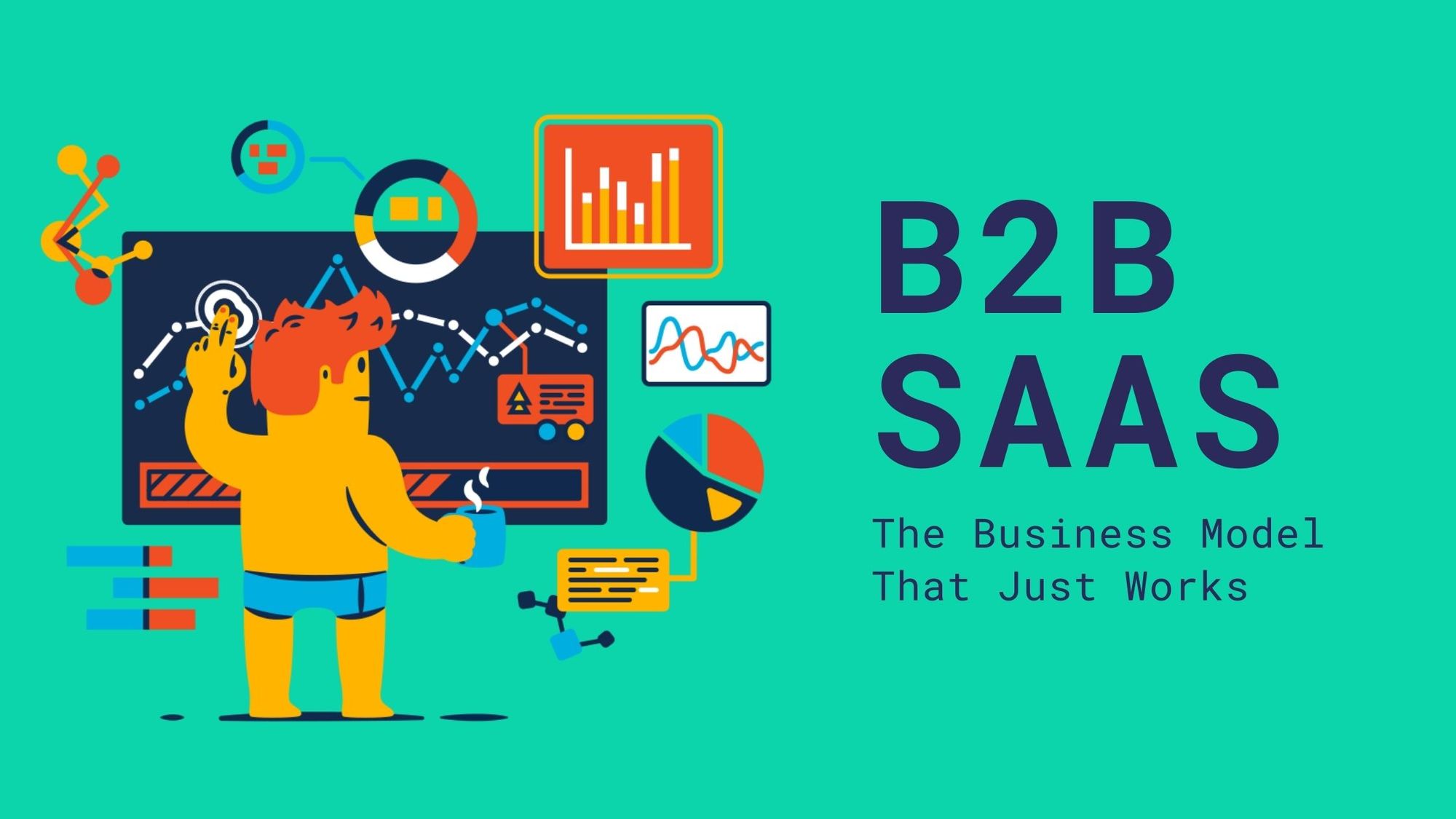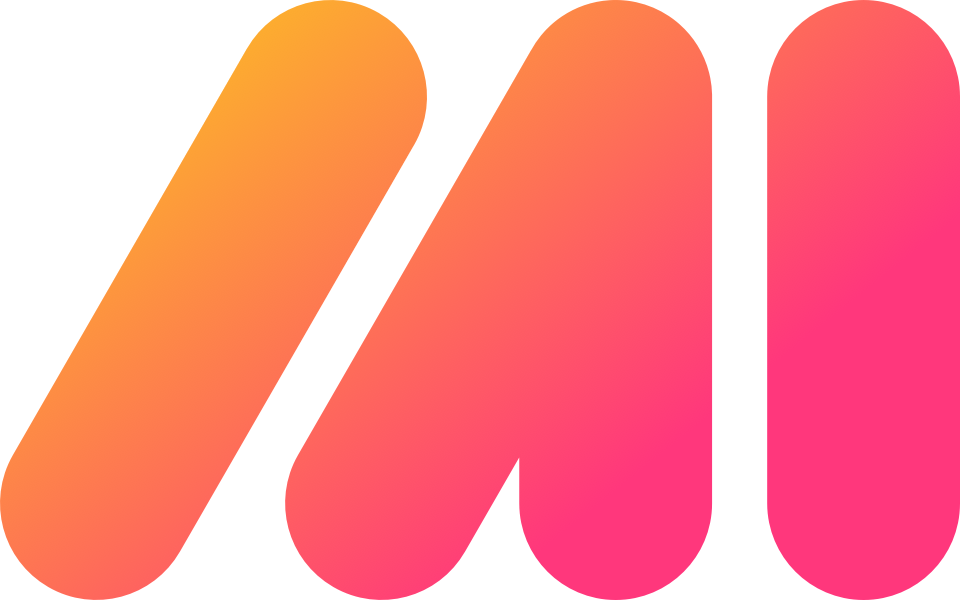Illustration by Thierry Fousse from Ouch!
Subscription and cloud-based business models have taken over, causing on-premise business structures to become obsolete. 82% of all applications will be digitally delivered. This number is expected to remain consistent in the years to come.
Subscription plan and pricing structure are significant factors in subscriber retention and acquisition, as well as saas affiliate programs. Finding the right combination means you're one step closer to setting up a revenue-producing business structure. The software-as-a-service model, also known as SaaS, assures consumers of its availability for a nominal amount of time over the internet through a third-party host provider.
Google provides a strong example of a SaaS provider. Google isn't just a search engine; instead, it's a powerful channel that allows users access to data via multiple channels such as Google Drive and Google Docs. Almost all businesses use Google software to track and analyze their products and services. Google's applications perfectly exemplify software as a service product.
B2B SaaS: What To Expect With This Business Model?
The SaaS model is an easy way for customers to use your application, regardless of whether they use desktop, tablet, or mobile. Your customers do not need to install an application on their device system to use your app. To maximize your product or service, they need a reliable and fast connection to the internet.
The source code of the application is the same for all users so that any new features will be rolled out to all clients at the same time. The storage of data depends on how you set up your service agreement, as clients can opt for one or both procedures.
You'll quickly realize that b2b saas businesses have more scalability than other business structures. They offer products or services that are compatible with other companies; hence, B2Bs use cloud-based software, mobile apps, and further extensions to the product offered elsewhere.
B2B companies offer users solutions that are efficient and effective and provide tools to reduce expenses by automating tasks. This attracts more companies to take advantage of SaaS solutions to improve marketing, sales efficiency, and care services and generate more revenue.

Building a business model on this cloud and software-based model requires that you understand the basics to ensure success. Here are curated facts about SaaS:
- Maintain a healthy balance of all your daily tasks
- Pay attention to your existing consumers as client acquisition will cost you more than retaining previous customers
- Consider a pricing list based on the target consumer's behavior or values
- Improve and nurture customer relationship to secure revenue and business stability
- Focus on the right metrics: generating revenue and customer retention
- No deployment for infrastructure to consider
- Invest in quality lead generation through innovative and cost-efficient methods
- Security must be paramount
- Multiple apps integration is the key to success
Advantage of SaaS Business Model
B2B SaaS business models offer many advantages besides scalability and stability (with the perfect formula). Understanding why digital entrepreneurs continue to use SaaS business models will help you put together a business plan, achieve success, and increase revenues.
The following reasons explain why B2B SaaS businesses' success rate exceeds that of other business structures:
Accessibility and Scalability
SaaS is a subscription-based model that allows the software to be updated from the developer without contacting the consumer. Thus, subscribers are always in sync with the latest software versions and features. In contrast with the on-premise upgrade structure, experts or consultants are often required to assist with a software upgrade where there are limited updates available.
The SaaS application is easily accessible via the internet, so you will be able to use it anytime, anywhere. Approximately 80% of the population has easy access to the internet nowadays.
As the necessity of data continues to grow, companies face challenges with the real-time processing of large amounts of data requiring immediate processing.
- It can handle more significant volumes of data transactions
- Significantly improved swells
- Provides the most up-to-date information
- Aids in making informed decisions
- SaaS is infinitely scalable
- It offers subscription tiers to meet the varying customer needs
Cloud Deployment
The installation and deployment of software are handled in the cloud. That means SaaS companies log their customers in through a web-based account. The end-user needs a reliable connection and a web browser. The product or service you offer can be used remotely, so customers don't need to bother installing software or paying for licensing. Also the use of integrated API’s is easier with SaaS applications vs. on-premise.
The benefits of SaaS products go beyond removing the need for merchants to run and maintain applications on their systems. They provide a cost-effective business structure that eliminates several added expenses, including bug fixing, maintenance, and hardware purchases. These include costs of time spent installing and maintaining the application.
Predictable Revenue
While it is not possible to predict your revenue correctly, one part of the company's daily operations is your software. You can gain loyal customers and see a consistent monthly income coming in from subscriptions. In contrast to other types of business structures that offer one-off sales, the procedure is more predictable.
By offering a service that consumers want to pay for, they'll likely stick with it for a more extended period and cancel their subscriptions less often. This will increase the chance of making a more predictable revenue stream.
Flexible Licensing
A SaaS subscription allows for more flexibility and offers greater adaptability than hosted software can provide. SaaS subscriptions can be paid on a monthly or yearly basis. Besides, clients don't have to worry about installing the software or acquiring a license to use the product since subscription packages typically last as long as your client needs.
Auto-Updates For Functions
Using SaaS products, you can easily update your service centrally and automatically from the host's provider. The updates will have no impact on your business's operations or customer experience. Auto-updates and path management improve efficiency, reducing costs for human errors.
Final Words
A SaaS structure is ideal for achieving optimum scalability, whether you run a B2B e-commerce platform or want to leverage your business as your customers. As technology continues to dominate your daily life, its advantages can help you proliferate.


